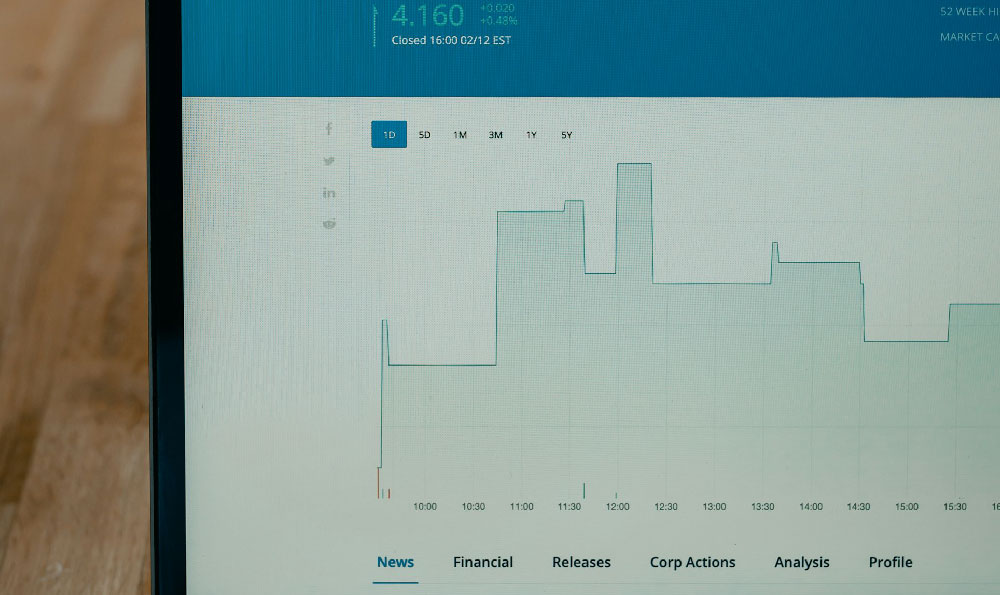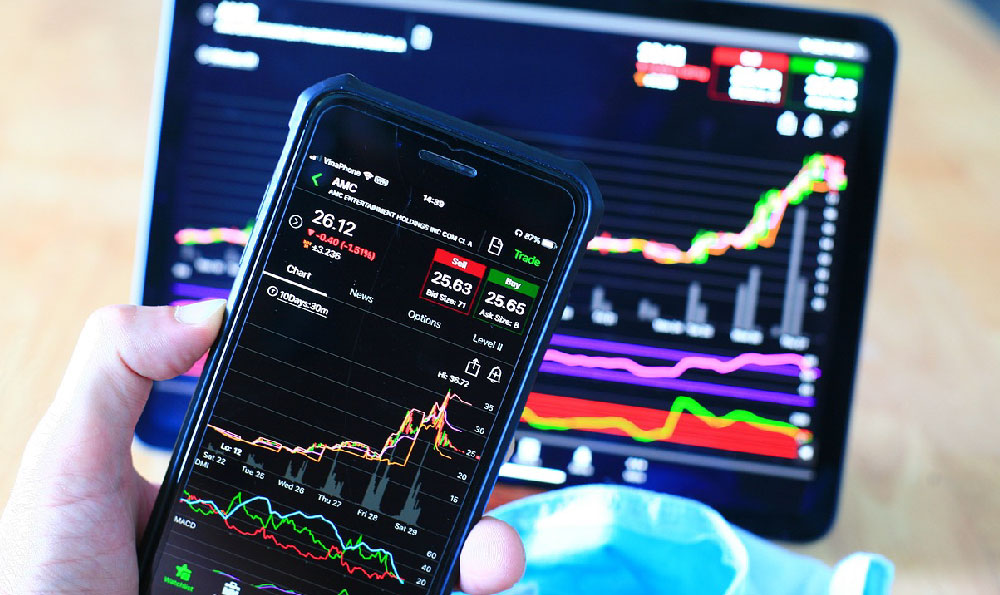Unlocking the potential of 3D printing for profit requires a strategic blend of creativity, technical understanding, and business acumen. It's no longer a futuristic fantasy; it's a tangible opportunity for entrepreneurs and hobbyists alike to generate income. The question isn't just if you can make money, but how and what you can make that will resonate with a paying market.
One of the initial and most crucial steps is identifying a niche market. Avoid the trap of attempting to compete with established mass-produced products. Instead, focus on areas where customization, low-volume production, and unique designs are highly valued. Think about underserved communities, specific hobbies, or specialized industries. For example, consider crafting custom-designed miniatures for tabletop gaming enthusiasts, creating personalized assistive devices for individuals with disabilities, or producing specialized components for drone hobbyists. Deep market research will help you pinpoint these opportunities and validate your ideas. Investigate online forums, social media groups, and industry publications to gauge demand and understand the current landscape.
Once you have a niche in mind, it’s time to explore the possibilities of what you can make. The range of potential products is astounding. Prototyping is a strong area; businesses and inventors frequently require prototypes for testing and presentations. 3D printing can significantly reduce the cost and time associated with traditional prototyping methods. Architects often need scale models of their designs, and 3D printing offers an affordable and visually appealing solution.

Another promising avenue is creating replacement parts. Many older appliances, tools, or even cars have parts that are no longer manufactured or are difficult to find. By 3D printing these parts, you can cater to a niche market of individuals who are trying to maintain or repair their existing equipment. This often involves reverse engineering, which requires skills in 3D modeling and metrology, but can be highly lucrative.
Beyond practical applications, consider artistic and decorative items. Custom-designed jewelry, figurines, and home décor items are popular options. The ability to personalize these items to individual preferences significantly increases their appeal. You could offer custom portraits based on photos, personalized keychains, or unique sculptures.
The specific materials you use will significantly impact the final product's functionality and aesthetic appeal. PLA is a biodegradable and relatively easy-to-print material, suitable for prototypes and decorative items. ABS is more durable and heat-resistant, making it suitable for functional parts. PETG offers a good balance of strength and flexibility. More specialized materials, such as nylon, carbon fiber-reinforced filaments, and flexible TPU, are available for demanding applications, but often require more advanced printers and expertise. Carefully consider the properties of each material and choose the one that best suits your product's intended use.
Investing in the right equipment is essential. Don't necessarily assume you need the most expensive printer to start. A well-maintained, reliable mid-range printer can be a great starting point. Focus on printers known for their ease of use, print quality, and reliability. As your business grows and your needs evolve, you can then consider upgrading to more advanced models.
Software proficiency is just as important as the hardware. Mastering 3D modeling software, such as Tinkercad (for beginners), Fusion 360, or Blender, is crucial for designing your products. Slicing software, like Cura or Simplify3D, allows you to prepare your 3D models for printing by converting them into instructions that the printer can understand. Experiment with different settings to optimize print quality, speed, and material usage. Understanding the interplay between these software tools is key to successful 3D printing.
However, possessing the tools and knowledge is only half the battle. Marketing and sales are equally crucial for generating revenue. Create an online presence through platforms like Etsy, Shopify, or your own website. High-quality photographs of your products are essential for attracting customers. Consider offering discounts or promotions to entice initial sales. Actively engage with your target audience on social media, sharing your work and showcasing the value of your products. Word-of-mouth marketing can be incredibly powerful, so encourage satisfied customers to leave reviews and share their experiences.
Don't overlook the importance of cost management. Accurately calculate the cost of materials, electricity, and labor for each product to ensure profitability. Track your expenses meticulously and adjust your pricing accordingly. Explore options for bulk purchasing materials to reduce costs. Optimize your printing process to minimize waste and reduce print times.
Finally, remember that the 3D printing landscape is constantly evolving. New materials, technologies, and applications are emerging regularly. Stay informed about the latest trends by attending industry events, reading online publications, and participating in online communities. Continuously improve your skills and adapt your business strategy to stay ahead of the curve. Learning never stops; it is integral to sustained success. By combining technical expertise, creative design, and astute business practices, 3D printing can indeed be a profitable venture, offering a unique opportunity to turn ideas into tangible products and generate income.











